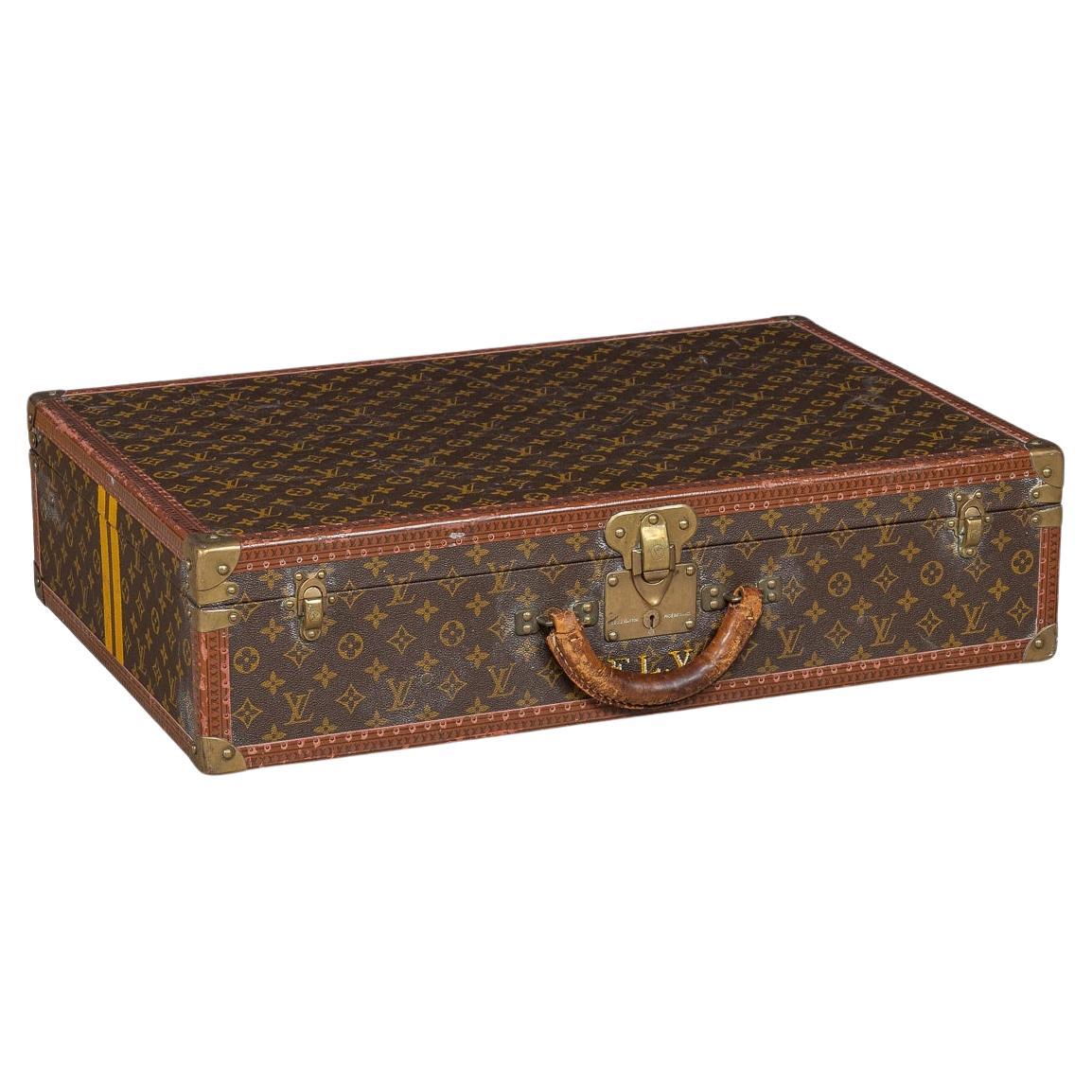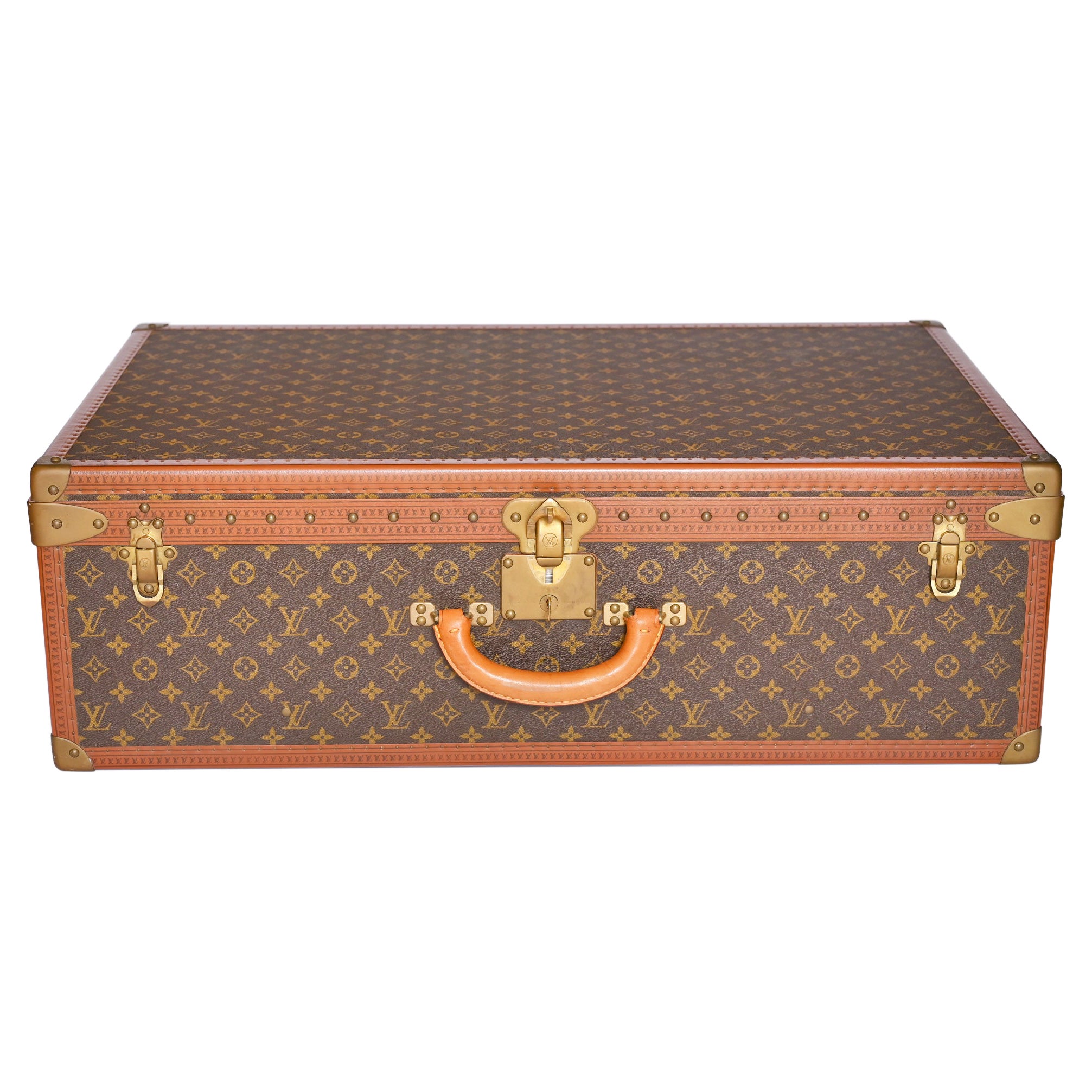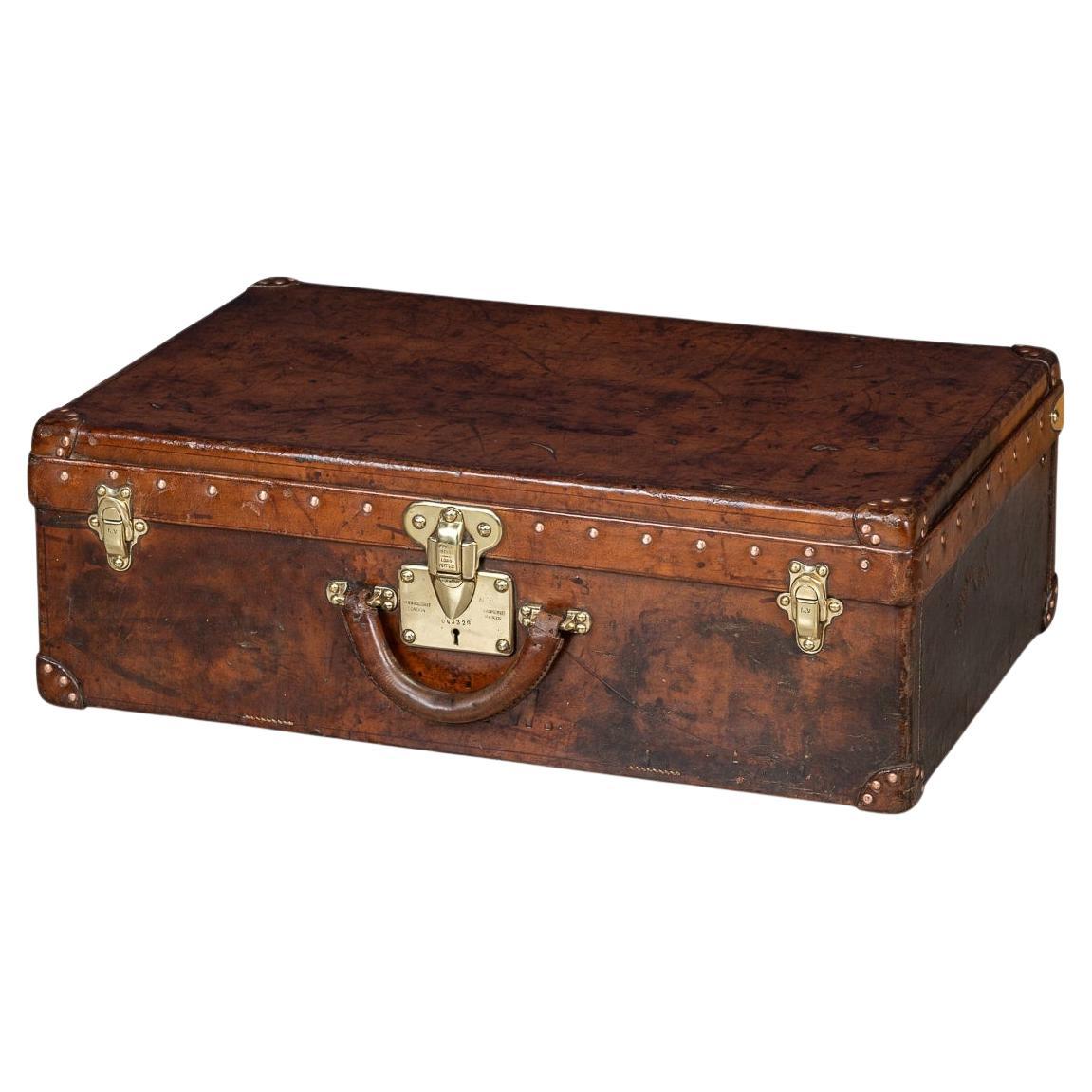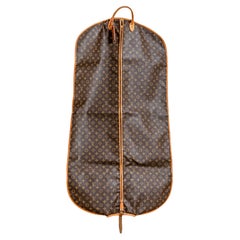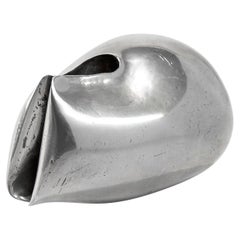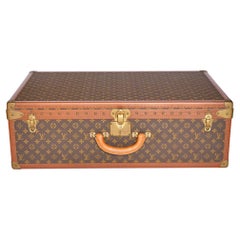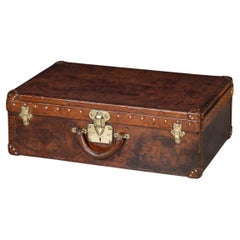20th Century Louis Vuitton Suitcase Classic Monogram Canvas 60s
About the Item
- Creator:Louis Vuitton (Manufacturer)
- Dimensions:Height: 13.78 in (35 cm)Width: 21.26 in (54 cm)Depth: 7.49 in (19 cm)
- Style:Modern (Of the Period)
- Materials and Techniques:
- Place of Origin:
- Period:
- Date of Manufacture:circa 1960
- Condition:Wear consistent with age and use.
- Seller Location:Turin, IT
- Reference Number:1stDibs: LU5450236761442
Louis Vuitton
The story behind iconic luxury brand Louis Vuitton — best known for its esteemed handbags, crossbody bags, leather goods, ready-to-wear clothing and more — is one of craft and innovation in the worlds of fashion, jewelry and furniture.
The company’s modest origins can be traced back to when its founder, Louis Vuitton (1821–92), wishing to free himself from the conventional lifestyle in his provincial French city of Anchay as well as a difficult stepmother, left in the early 1830s to make a new life in Paris. The young Vuitton was 13 at the time and would need to travel on foot to get to the capital, which was hundreds of miles away. With stops along the way to make money so that he could forge ahead, the journey took a couple of years, but reward was close at hand.
When he arrived in Paris, Vuitton made a living with his hands. He toiled as a box maker and packer for more than a decade and built relationships with royals and members of the upper class while working for the empress of France, Eugenie de Montijo. In 1854, Vuitton launched his namesake company. The craftsman opened a humble workshop on rue Neuve des Capucines and advertised his services with a small poster that read: “Securely packs the most fragile objects. Specializing in packing fashions.”
Long before his brand would become known globally for its exemplary top-handle bags and stylish totes, Vuitton produced stackable and rectangular trunks. The most common trunks of the era were round, which weren’t ideal for toting and storing. In 1858, Vuitton debuted his lightweight, handcrafted canvas trunks, which were sturdy, rugged and equipped with convenient compartments. Travel’s popularity broadened in the late 19th century, and Vuitton’s trunks could easily be packed into train cars and ships — upright trunks meant hanging wardrobe storage that would allow his clients to transport their sophisticated garments without worry. Demand increased and the company grew. When Louis Vuitton died in 1892, control of the luxury house was passed onto his only son, Georges Vuitton.
In 1914, a Louis Vuitton store opened at 70 Champs-Élysées. The largest travel-goods store in the world at the time, it became the company’s flagship.
The Louis Vuitton brand embodies all the attributes of luxury, from the craftsmanship, exclusivity and relevance to heritage. It’s only appropriate that it boasts one of the most recognizable insignias — the imaginative interlocking of letters and fleurettes — in the fashion world. The famous LV monogram was first used in 1896 as part of an initiative by Georges to prevent counterfeiting of his coveted new line of travel trunks. It’s one of the earliest examples of fashion branding.
The LV monogram would soon appear on everything from bags and various fashion accessories to alligator-skin champagne cases, from stylish apparel and earrings to teddy bears and airplane models.
On 1stDibs, the unmistakable insignia can be found on both modern and vintage Louis Vuitton shoulder bags, suitcases, original 19th-century trunks, jackets and more.
- ShippingRetrieving quote...Ships From: Torino, Italy
- Return PolicyA return for this item may be initiated within 7 days of delivery.
More From This Seller
View AllVintage 1980s French Modern Trunks and Luggage
Leather
Vintage 1980s French Modern Trunks and Luggage
Leather
Vintage 1960s Italian Mid-Century Modern Vases
Pewter
Vintage 1960s Italian Mid-Century Modern Abstract Sculptures
Chrome
Vintage 1970s Italian Mid-Century Modern Screens and Room Dividers
Wood
Vintage 1960s American Modern Credenzas
Steel
You May Also Like
Vintage 1970s French Other Trunks and Luggage
Leather, Canvas
20th Century French Trunks and Luggage
Leather
Mid-20th Century French Trunks and Luggage
Canvas
20th Century French Other Trunks and Luggage
Brass
20th Century French Other Trunks and Luggage
Brass
20th Century French Trunks and Luggage
Brass
Recently Viewed
View AllRead More
This Virgil Abloh for Louis Vuitton Prism Bag Is Highly Collectible — and Just Right for a Weekend Getaway
The late designer created an iridescent, irreverent take on the nearly century-old travel staple.
How to Spot a Fake Louis Vuitton
What are the telltale signs that you're holding a real Louis Vuitton and not a knockoff? We spoke with expert Diane D’Amato to find out. Of course, you don't have to worry about fakes on 1stDibs, where every seller is highly vetted.
